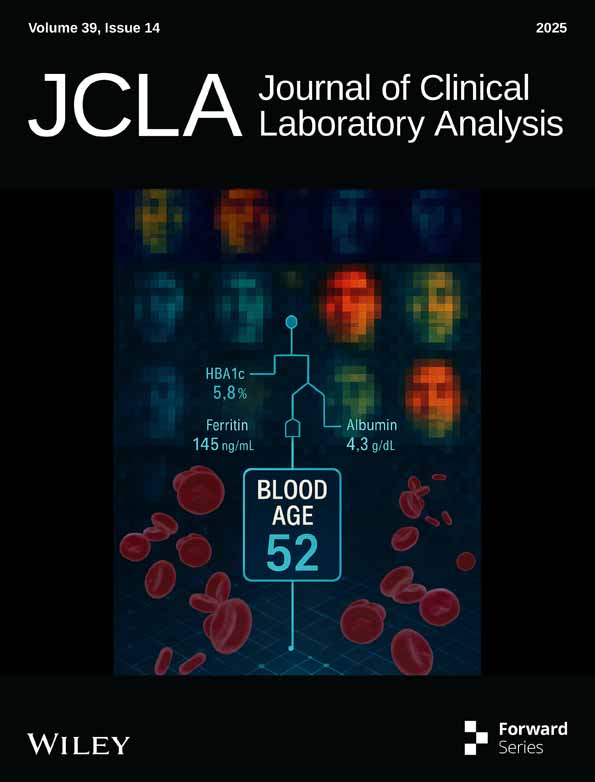Prolidase activity and oxidative status in patients with thalassemia major
Abstract
Aim: Prolidase is a specific imidodipeptidase involved in collagen degradation. The increase in the enzyme activity is believed to be correlated with the increased intensity of collagen degradation. The study aimed to evaluate the relationship between prolidase activity and oxidative status in patients with thalassemia major. Methods: Comparison was made between 87 patients diagnosed with thalassemia major and 33 healthy children of similar age and gender. Mean age of the subjects was 7.5±4.3 years in the group of patients with thalassemia major and 8.9±3.1 years in the control group. Serum prolidase activity was measured spectrophotometrically. Oxidative status was determined using total oxidant status (TOS), total antioxidant capacity (TAC), and oxidative stress index (OSI) measurement. Results: Prolidase activity was significantly increased in patients with thalassemia major (53.7±8.7 U/l) compared to the control group (49.2±7.2 U/l, P<0.001). TOS was significantly increased in the patient group (5.31±3.14 mmol H2O2 equiv./l) compared to the control group (3.49±2.98 μmol H2O2 equiv./l) and the OSI was also significantly increased in the patient group (3.86±3.28 arbitrary unit) compared to the control group (2.53±2.70 arbitrary unit) (P<0.0001 and P<0.001, respectively), while there were no significant differences between the patient (1.61±0.30 μmol Trolox equiv./l) and control (1.64±0.33 μmol Trolox equiv./l) groups with respect to TAC. Conclusion: Significant increases in prolidase activity in patients with thalassemia major may constitute a key parameter in demonstrating a disorder of the collagen metabolism. J. Clin. Lab. Anal. 24:6–11, 2010. © 2010 Wiley-Liss, Inc.




